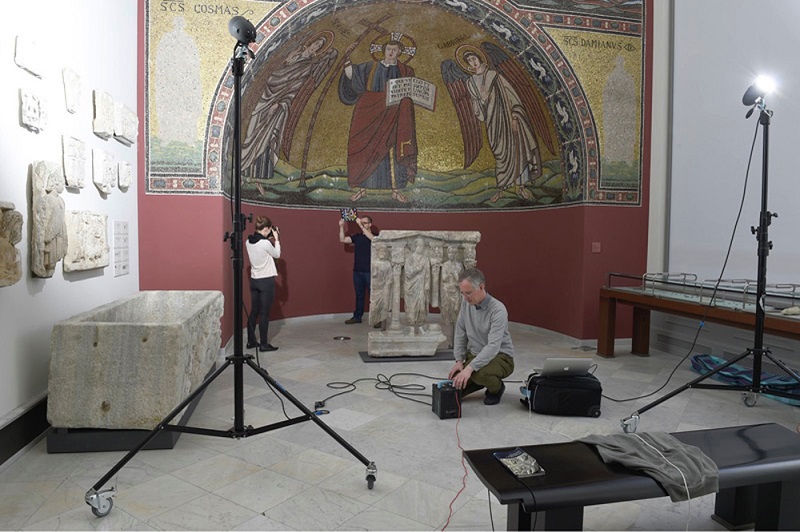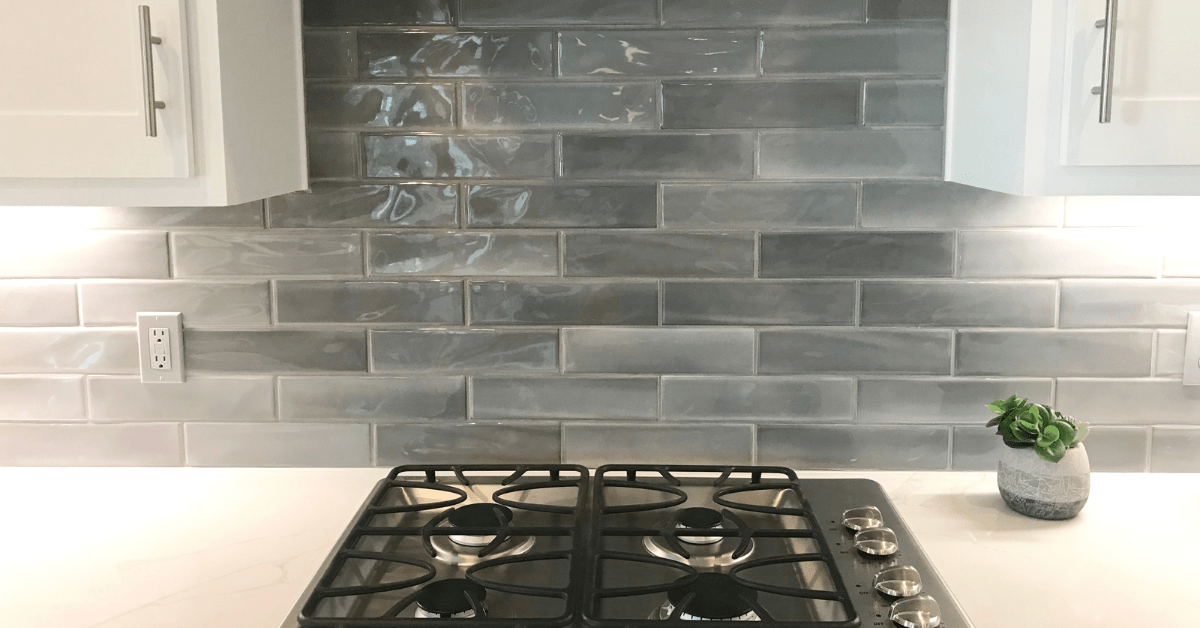How Technology Brings Historic Buildings to Life

If those who forget history are destined to repeat it, then those who recreate history are likely to experience the original thing. The ability to place ourselves in another context and time without leaving the present is truly an exciting prospect. We no longer consider books, black and white photographs, artifacts, and monuments the only few means by which to know history. Over the years, technologies such as reflectance transformation imaging, impulse response, virtual reality, photogrammetry, and structured-light scanning have made it possible to digitally bring historic buildings back to life. More so than any other category of history, architectural history has gained the most from these technologies, with contemporary architecture being the ultimate beneficiary. An October 4 discussion panel called ?Building with Digital Fragments? at this year’s Chicago Architecture Biennial looked at how some of these technologies are being used to recreate a multi-sensory history of buildings. Looking at the use of three of those technologies, we can see how centuries-old buildings are brought back to life.
Reflectance Transformation Imaging
When looking at the mosaics of Early Christianity, even in person, it’s challenging to fully appreciate the visual characteristics of their “tessera” and “smalto” elements. At the time of their construction, the direction of light within a space influenced how the mosaics were observed. After hundreds of ye...
Source:
dornob
URL:
http://dornob.com/design/architecture/
| -------------------------------- |
| Dinara Kasko's sculptural cakes are carved from sheets of chocolate |
|
|












